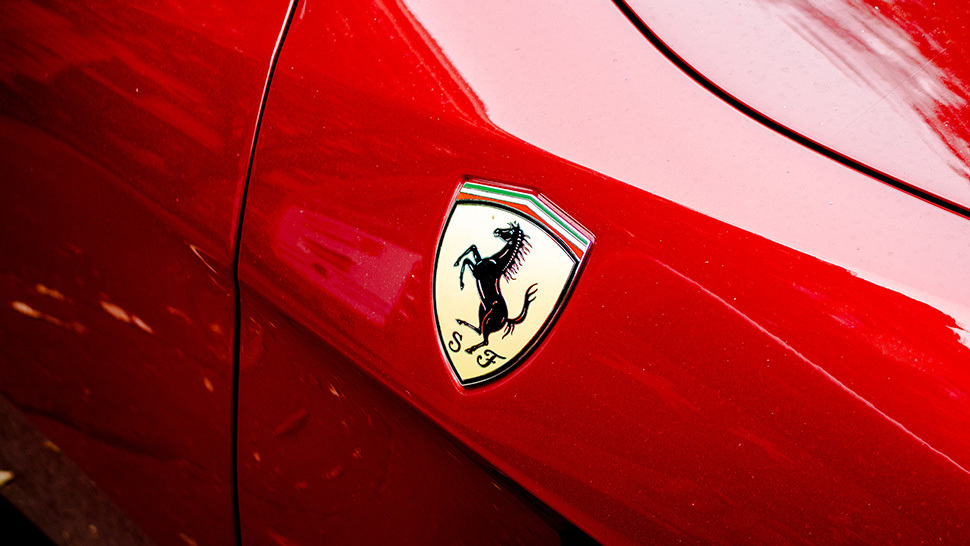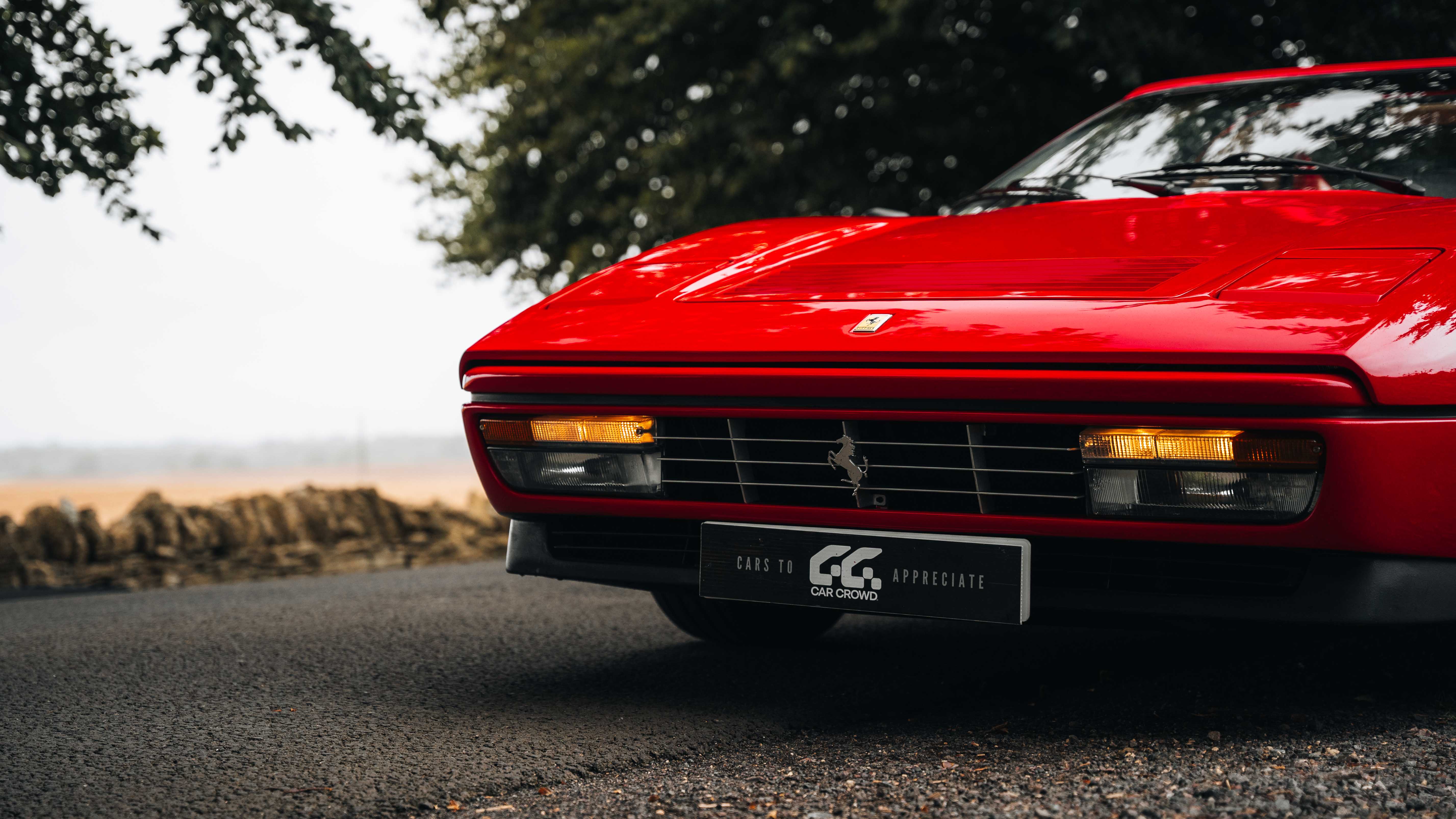Masterpieces & Money: Fine Art Alternative Investments
The Allure of Art in the World of Alternative Investments
In the kaleidoscopic world of alternative investments, few assets combine cultural cachet, aesthetic pleasure, and financial potential quite like fine art. While equities may offer dividends and real estate can generate rental income, art offers a different kind of return: emotional, historical, and, increasingly, monetary. For those seeking to diversify their portfolio beyond the traditional markets, making investment decisions in fine art provides both a hedge against volatility and a potential store of long-term value.
According to UBS and Art Basel’s 2023 Art Market Report, the global art market reached an estimated $67.8 billion in sales. That’s not just gallery fluff. It signals real capital moving into a space where creativity meets investment strategy.
Breaking Down the Canvas: Key Segments of the Art Market
The art market is not monolithic. It spans centuries, styles, and price brackets. Understanding the different segments is crucial for any would-be investor.
Old Masters
Old Masters - artists working before 1800 such as Rembrandt, Rubens, or Caravaggio - were once the bedrock of art collections. While the market has cooled compared to its 20th-century heyday, top-tier pieces remain blue-chip assets. For example, Leonardo da Vinci’s Salvator Mundi sold for $450.3 million at Christie’s in 2017, becoming the most expensive artwork ever auctioned.
Impressionist and Modern
Works by Monet, Picasso, and Van Gogh offer more liquidity and have historically shown strong price appreciation. In 2022, a Monet Water Lilies sold for $74 million. These names often serve as entry points for traditional investors entering the art market.
Post-War and Contemporary
This is currently the most dynamic and fastest-growing segment. Artists like Jean-Michel Basquiat, Yayoi Kusama, and Banksy command massive auction premiums. In 2021, a Basquiat painting fetched $93 million at Sotheby’s, underscoring the market’s appetite for newer icons.
The Artist Matters - A Lot
Like any other market, art responds to supply and demand - but with a unique twist. Each artist’s body of work is finite (or becomes so after their death), creating a naturally constrained supply. Demand is driven by institutional validation (e.g., museum shows), critical acclaim, and collector sentiment. Buying a work by an artist with a strong exhibition history and growing institutional presence dramatically increases the likelihood of value retention - or appreciation.
Take the case of Cecily Brown, a contemporary British painter. Her prices soared after retrospectives at major museums like the Met and the Whitney. Today, her works routinely cross the $1 million mark at auction.
Provenance, Authenticity, and the Risk of Fakes
Unlike stocks, where a ticker symbol confirms identity, art comes with complications. Provenance - the documented history of a work’s ownership - is critical. A clean, traceable provenance increases buyer confidence and reduces the risk of forgery or legal disputes.
Authentication is another non-negotiable. Art forensics has become a science unto itself, with experts using ultraviolet light, pigment analysis, and historical documentation to verify a work’s authenticity. But caution remains paramount. The Knoedler Gallery scandal, where dozens of fake Abstract Expressionist works were sold for millions, reminds us that even seasoned collectors can be duped.
That’s why art investment often hinges on reputable channels. Which brings us to the next point.
The Gatekeepers: Galleries, Auction Houses, and Advisors
Navigating the art market alone is akin to wandering into a maze without a map. Trusted intermediaries - galleries, auction houses, and art advisors - play a crucial role in mitigating risk and finding opportunity.
Galleries
Top-tier galleries often act as stewards of an artist’s market. They manage supply, control pricing, and curate exhibitions that boost both reputation and value. Representing artists like Gerhard Richter or Jenny Saville, galleries like Gagosian or Hauser & Wirth operate almost like asset managers - except the assets are visually arresting.
Auction Houses
Christie’s, Sotheby’s, and Phillips dominate the auction market. Public sales create transparency and set benchmarks for valuation. Auction results are also a key data point for measuring market trends. However, fees are steep - often up to 25% - and the auction format carries the risk of works failing to sell.
Art Advisors
Independent advisors help clients build and manage collections with an eye toward both aesthetic value and investment return. They often have access to off-market deals and can provide insight on emerging artists, upcoming auctions, and institutional trends. A good advisor is part analyst, part curator, and part matchmaker.
Real World Investment Stories
Let’s ground this in reality with a few notable examples:
• Jean-Michel Basquiat: In 1984, a collector purchased a Basquiat piece for $19,000. In 2017, that same painting sold for $110.5 million at Sotheby’s—a 581,000% increase.
• Gerhard Richter: His works have consistently appreciated. A Richter abstract sold for $20.8 million in 2020, up from $3.4 million a decade earlier.
• Banksy: A print bought for a few hundred pounds in the early 2000s can now command upwards of £100,000. Banksy’s Love is in the Bin - which purportedly shredded itself at auction - sold for $25.4 million in 2021, post-shredding.
Risks and Rewards
Art can be a rewarding alternative asset, but it’s not without its pitfalls:
• Illiquidity: Art is not a liquid asset. Finding a buyer at the right price can take months, sometimes years.
• Market Volatility: The contemporary segment, in particular, can be volatile. Tastes change, and today’s star can be tomorrow’s cautionary tale.
• High Transaction Costs: Between gallery commissions, auction house fees, and advisor rates, transaction costs can significantly eat into returns.
Still, for investors with a long-term horizon, a tolerance for nuance, and a passion for art, the rewards - both financial and intangible - can be significant.
A Platform for a New Kind of Collector
At aShareX, we believe the future of fine art investment lies in accessibility and transparency. Our platform democratizes this historically opaque market, allowing both fractional and full ownership bidding on high-value artworks. Whether you’re a seasoned collector or a curious first-time investor, our auction model brings institutional-grade diligence and modern tech to a timeless asset class.
Investing in Culture, Building Wealth
Fine art offers a unique blend of intellectual pleasure, cultural engagement, and financial potential. As part of a diversified portfolio of alternative investments, it stands out for its resilience, historical value, and the sheer joy of ownership.
In a world saturated with screens and spreadsheets, fine art invites us to pause, reflect, and invest in something beautiful. And sometimes, that beauty just might compound.









Leave a Comment